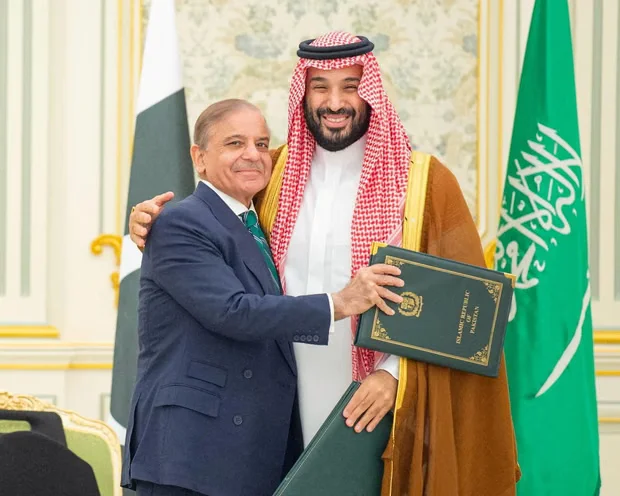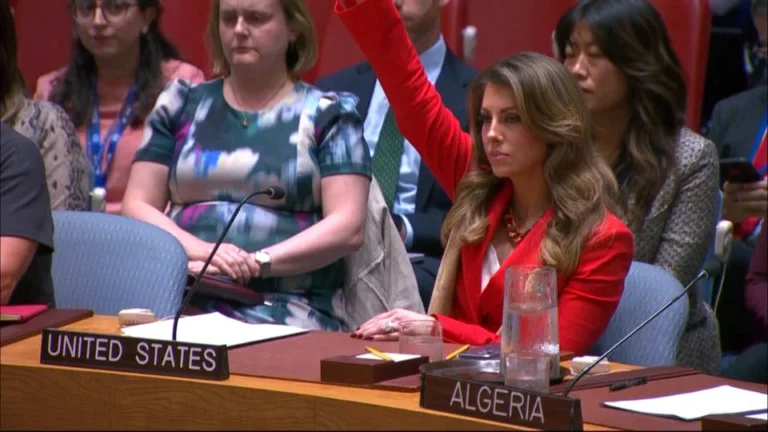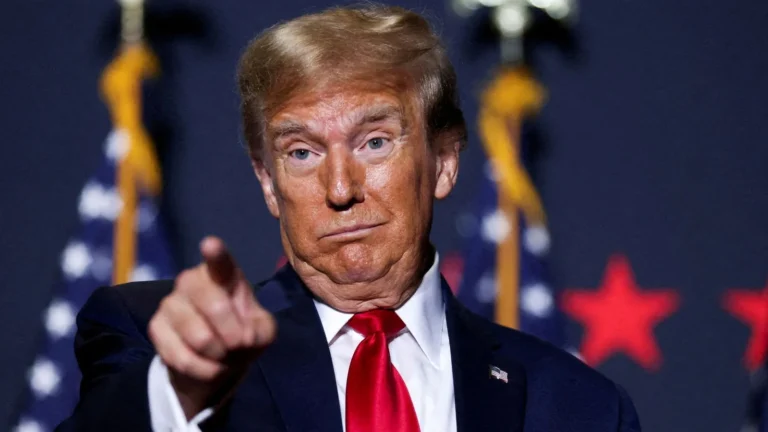Politics in Pakistan has always been noisy, unpredictable, and oddly captivating. Step into a roadside dhaba on election week and you will hear heated debates stretching late into the night. People sip their tea, raise their voices, and argue as if their words could tilt the ballot boxes. That energy captures the soul of our political culture—restless, full of hope, yet clouded with frustration. Governance, though, is a different story. When promises meet the machinery of the state, momentum slows. Files sit on dusty shelves, paperwork takes weeks, and reforms rarely touch the ground. A friend once joked that in Pakistan, laws change faster than street signs, but both are ignored equally. It was a bitter laugh, but not far from reality.
To understand today’s political scene, you need to glance back. Since independence in 1947, Pakistan has struggled to build stable institutions. Civilian governments have repeatedly clashed with the military, and the military has often stepped in, cutting democratic terms short. General Ayub Khan’s era in the 1960s brought economic growth, but it also sidelined elected voices. Zia-ul-Haq’s military rule in the 1980s reshaped society with heavy doses of Islamization, leaving effects that still shape daily life. Even in democratic times politics has swung like a pendulum. Benazir Bhutto and Nawaz Sharif traded turns in the 1990s, both dismissed mid-term amid corruption scandals and political maneuvering. The country moved forward, but never steadily. Each fresh start came with excitement, but also the shadow of unfinished business.
Today, Pakistan’s politics thrives on noisy debates, TV talk shows, and increasingly, social media battles. Parties like Pakistan Muslim League (N), Pakistan People’s Party, and Pakistan Tehreek-e-Insaf dominate the stage, each carrying loyal supporters. Rallies attract thousands and sometimes millions, turning city roads into seas of flags and chants. Yet the problems remain familiar. Inflation bites the ordinary citizen harder each year. Electricity cuts, price hikes, and weak public services remain dinner-table complaints. Politicians campaign with big promises, but citizens often feel the state leaves them to fend for themselves. Still, the passion for politics doesn’t fade. Young voters especially see politics as their arena. On university campuses, students argue policy like seasoned debaters, while on Twitter, hashtags trend by the hour. This digital energy has turned politics into a 24/7 spectacle—every statement, every slip, every speech dissected in real time.
If politics is vibrant, governance feels sluggish. Pakistan has strong laws on paper, but weak execution on the ground. Institutions often lack coordination, and bureaucratic red tape frustrates ordinary people. Ask anyone who has applied for land registration or a government permit and you’ll likely hear stories of delays, bribes, or endless visits. Corruption remains a stubborn hurdle. Reports of funds vanishing from mega projects fuel distrust. Karachi’s public transport crisis is one example: years of promises for modern buses, yet commuters still hang from rickety minibuses. Citizens adapt by creating private fixes—ride-sharing apps, neighborhood water pumps, tuition centers—because the state system can’t keep up.
Yet not everything is bleak. Over the past decade, small but important digital reforms have started to appear. NADRA streamlined ID card issuance. E-policing portals let citizens register complaints online. Tax systems, though imperfect, are moving toward online filing. These are small steps, but they prove that governance can evolve if pushed. At its heart, Pakistan’s governance struggles because politics and administration rarely move in sync. Governments change, but policies lack continuity. One administration invests in solar projects, the next one scraps them for coal plants. Long-term planning suffers when every five years feels like a reset button. The bureaucracy, too, often resists change. Civil servants, trained in rigid systems, prefer caution over innovation. A retired official once admitted, in our culture, saying no is safer than trying something new. That mindset slows reform, even when political will exists.
Yet Pakistan’s story isn’t just one of frustration. It’s also one of resilience. Despite repeated crises, elections still happen, and people still turn out. In the 2018 elections, over 50 percent of registered voters cast ballots, a significant number for a young democracy. Civil society groups, journalists, and activists keep pushing for accountability. Court rulings and media investigations, though uneven, do hold leaders in check at times. The youth in particular remain a powerful force. Nearly 64 percent of Pakistan’s population is under 30. This generation, more connected and outspoken, demands better governance. They use social media not just to argue but also to organize campaigns, raise funds, and highlight issues ignored by mainstream politics. Their energy, if directed into structured movements, could reshape the political culture.
So where does Pakistan go from here? Real reform will require consistency, not just slogans. Economic stability cannot come without strong institutions. Governance cannot improve if politics remains a zero-sum fight. For once, the tea stall debates, the campus slogans, and the cabinet meetings must align on one thing: progress needs patience. Pakistan’s politics may feel chaotic, but its resilience is undeniable. Governance may disappoint, but flashes of improvement prove change is possible. The country has survived wars, sanctions, disasters, and political crises, yet it continues to move forward, step by step. Like that bustling tea stall where arguments never end, Pakistan’s political story is noisy, messy, and unfinished. But as long as voices keep rising, the possibility of better governance remains alive.




